Orbital welding machines represent a specialized segment of welding equipment designed to provide high-quality and consistent welds, particularly in environments where precision and repeatability are paramount. This article from Swisstech Schreiner writes about the features, applications, and technological advancements of orbital welding machines, illustrating their importance in various industrial sectors.
Introduction to Orbital Welding Technology
Orbital welding is an automated welding process that utilizes specialized equipment to rotate the welding arc around a stationary workpiece, typically a pipe or tube. This method contrasts with traditional welding, where the workpiece or the welding torch is manually manipulated. The automation in orbital welding technology ensures high precision and repeatability, essential in industries where weld integrity is critical.
Components of an Orbital Welding Machine
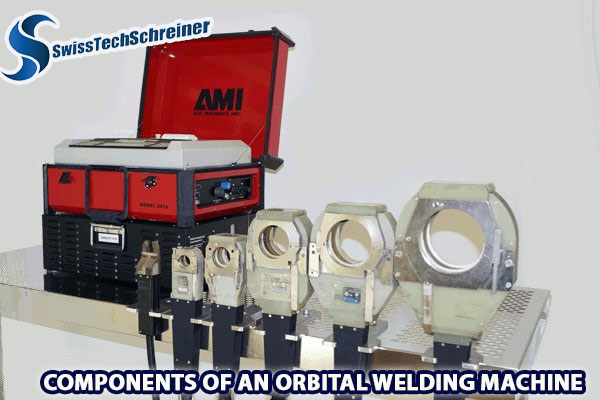
Power Supply: The power supply unit controls the welding parameters like current, voltage, and welding speed.
Weld Head: This component holds and rotates the welding torch around the workpiece.
Control System: A sophisticated control system, often with a programmable interface, allows for precise adjustments of welding parameters.
Wire Feed Mechanism: In some orbital welding systems, a mechanism feeds the welding wire automatically.
This advanced feature seamlessly feeds the welding wire into the weld pool, ensuring a steady and uninterrupted welding process, thus enhancing both the efficiency and the integrity of the welds. Together, these components form the backbone of orbital welding machines, embodying technological sophistication and offering unparalleled precision in critical welding operations.
Applications of Orbital Welding Technology
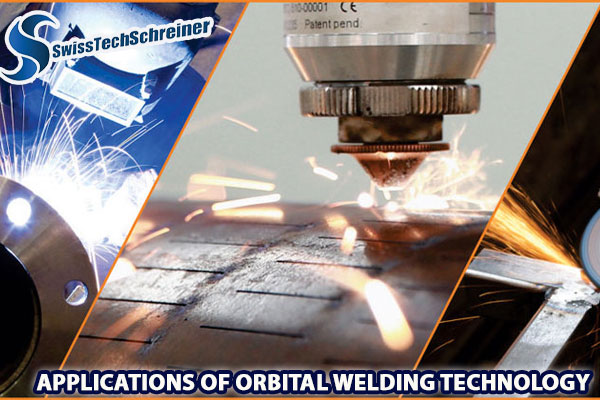
Orbital welding machines have carved a niche in various industries, becoming an indispensable tool wherever the utmost quality in pipe and tubing welds is demanded. In the aerospace sector, these machines play a pivotal role, delivering precision welds essential for aircraft components and fuel lines, where the slightest flaw can have significant consequences. The pharmaceutical industry, too, relies on orbital welding pharmaceutical creating sterile piping systems, ensuring the purity and safety of medical products. Similarly, in semiconductor manufacturing, orbital welding is crucial for assembling ultra-high-purity systems, a testament to its ability to maintain the highest standards of cleanliness and precision.
The robustness of orbital welding also extends to the demanding environments of the oil and gas industry, where it is employed in both onshore and offshore pipeline welding, a testimony to its versatility and reliability. Furthermore, the food and beverage industry, orbital welding is the method of choice for constructing critical piping systems, underlining its importance in sectors where safety and precision are paramount. This widespread application across diverse and critical industries underscores the versatility and reliability of orbital tig welding machines, making them a cornerstone in modern industrial operations.
Advantages of Orbital Welding Machine
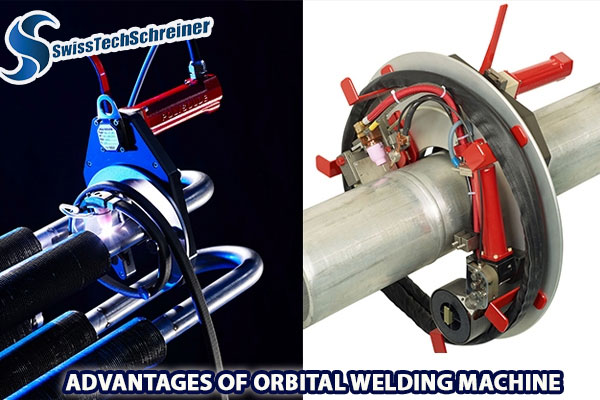
Orbital welding machine stands out in the welding landscape for its exceptional blend of benefits, primarily driven by its automation capabilities. This technology shines in delivering consistent quality, as its automated controls are finely tuned to produce uniform welds with remarkable precision, a feature that’s crucial in applications demanding high standards. The automation aspect also significantly diminishes the likelihood of human error, a vital factor in maintaining the integrity of welds.
Moreover, this mechanized approach contributes to enhanced efficiency, outpacing manual welding in terms of speed and reducing the overall time taken for projects. Orbital welding's adaptability is another feather in its cap, capable of handling a diverse range of materials and accommodating various pipe diameters, making it a versatile tool in a welder's arsenal.
Additionally, a pivotal advantage of orbital welding technology is the heightened safety it offers. By reducing the welder's direct exposure to potentially hazardous conditions, orbital welding not only ensures the safety of the personnel but also contributes to a safer work environment. This amalgamation of consistent quality, reduced error, efficiency, flexibility, and safety makes orbital welding a highly sought-after solution in industries where welding is a critical component of operations.
Technological Advancements
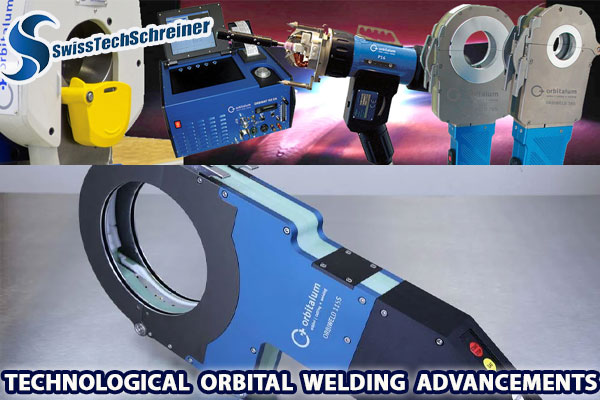
The landscape of orbital welding technology has been revolutionized by a series of recent advancements, marking a significant leap forward in its capabilities and applications. A key development is the integration with digital systems, which has transformed the way welding operations are monitored and controlled. By harnessing digital interfaces, operators can now enjoy enhanced oversight and precision in their welding tasks, making the process more efficient and reliable. Complementing this technological stride is the evolution of welding heads. These have become more compact and versatile, broadening the scope of their application and allowing them to adapt to a variety of welding scenarios with ease.
Furthermore, the leap in programming capabilities stands out as a monumental advancement. Modern automatic orbital welding machines are now equipped to handle complex weld patterns and intricate parameter adjustments, providing an unprecedented level of control over the welding process. Additionally, the advancements in remote operation capabilities have opened new frontiers, particularly in executing welding tasks in environments that are hazardous or difficult to access.
This not only enhances safety but also extends the utility of orbital welding technology to previously challenging locales. Collectively, these innovations have not only elevated the efficiency and scope of orbital welding but have also positioned it as a cutting-edge tool in the welding industry, ready to meet the ever-evolving demands of modern manufacturing and construction projects.
=> See more articles on the same topic at :
=> Reasons why orbital welding machines are suitable for pipe welding
=> Choosing the right pipe welding method?- Orbital welding machine
Challenges and Future Trends
While orbital welding machines offer numerous advantages, they also present challenges such as the high initial investment and the need for skilled operators to program and maintain the machines. Future trends in orbital welding technology may include greater automation, integration with artificial intelligence for adaptive welding processes, and further miniaturization of equipment.
Conclusion
Orbital welding machines have revolutionized welding in industries where precision and consistency are non-negotiable. As technology continues to evolve, these machines are set to become even more integral in various industrial processes, offering solutions that combine efficiency, quality, and safety. Contact Swisstech Schreiner if your business needs any information or solutions about orbital welding technology, equipment, orbital welding machines, orbital welding stainless steel pipe, installation and construction of industrial pipeline systems,...
Swisstech Schreiner.
Add: ch 4153 reinach and hcm city vietnam
Hotline: (+84) 931 - 386 - 062
Phone: (+84) 931 - 386 - 062 +84931386062 ( zalo / viber / whatsapp )
Email: swiss.tech.schreiner@gmail.com
Other News
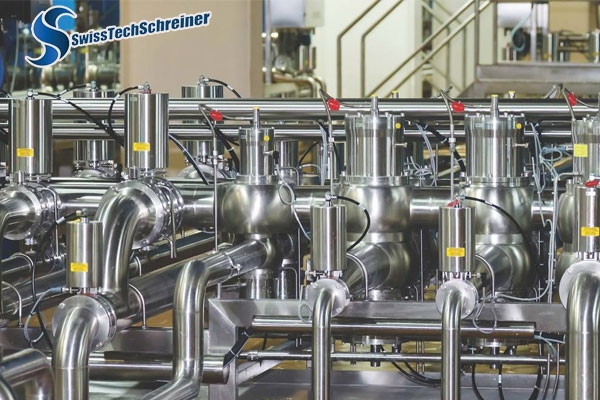
The Orbital Welding Technology in the Beverage Industry: Revolutionizing Quality and Efficiency
Discover how orbital welding technology is transforming the beverage industry, revolutionizing production quality and efficiency. Let's at Swisstech Schreiner explore the techniques and innovations that are raising the bar for beverage manufacturing in this exploration of orbital welding's impact.
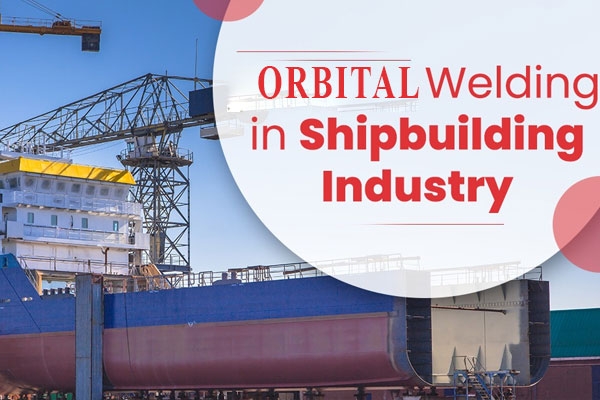
Status and services of the shipbuilding industry in Vietnam
In addition to providing pipe welding services with orbital welding technology for stainless steel pipeline systems for the beverage industry, pharmaceutical industry, chemical, shipbuilding, etc., Swisstech Schreiner also provides solutions and services in the field of shipbuilding and yachting.
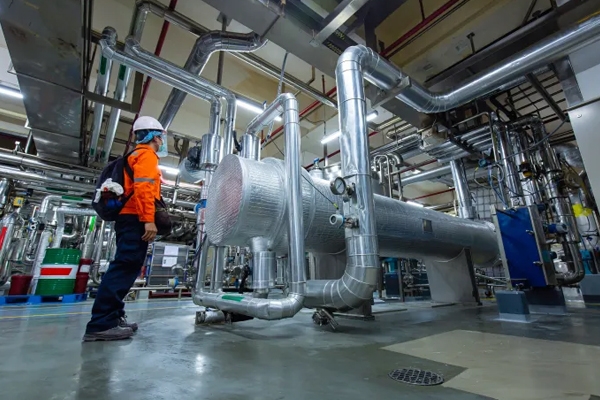
Gia công ống thép không gỉ (Stainless steel pipe processing) cho mối hàn đẹp
Ống thép không gỉ là loại vật liệu có khả năng chống ăn mòn cao, bền, đẹp và dễ gia công.. Tuy nhiên để đảm bảo an toàn của các sản phẩm ống thép, cần phải tuân thủ các kỹ thuật hàn chuyên nghiệp để tạo ra những mối hàn đẹp. Hãy theo dõi bài viết sau của Swisstech Schreiner để hiểu rõ hơn những phương pháp và lưu ý khi gia công ống thép không gỉ (Stainless steel pipe processing) nhé.
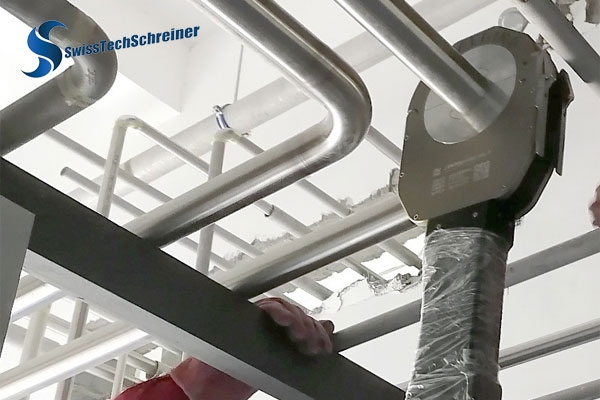
Precision and Durability Stainless Steel Pipe Processing
People often laud stainless steel for its strength, corrosion resistance, and aesthetic appeal. A significant facet of this material's utility lies in its transformation into pipes. Let's have Swisstech Schreiner delve into the world of stainless steel pipe processing.
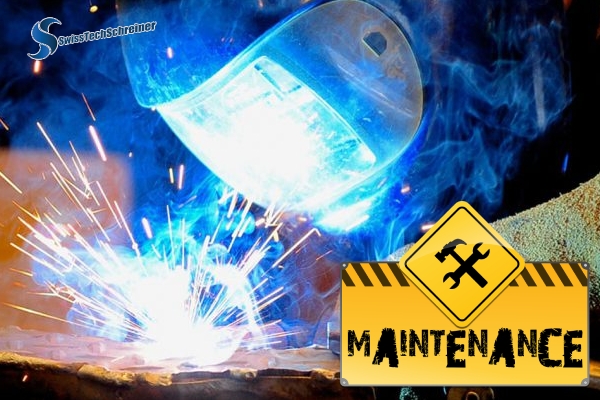
Quy trình bảo trì hàn (Maintenance work welding Process)
Trong quá trình sử dụng, các kết cấu hàn có thể bị hư hỏng hoặc xuống cấp do các yếu tố như thời tiết, tác động cơ học hoặc quá trình ăn mòn. Do đó, việc bảo trì hàn (Maintenance work welding) thường xuyên là rất cần thiết. Hãy cùng Swisstech Schreiner tìm hiểu quy trình bảo trì hàn qua bài viết sau.
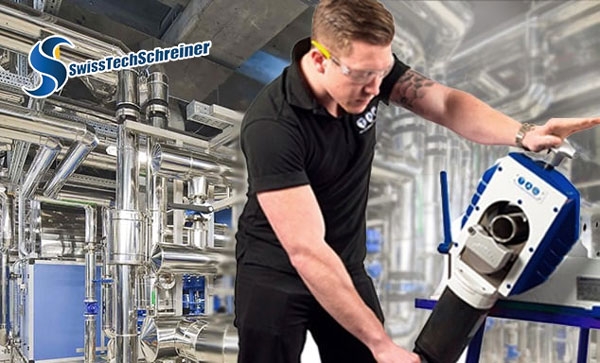
Lý do chọn orbital welding technology cho đường ống inox vi sinh
Công nghệ hàn quỹ đạo orbital welding technology cung cấp một phương pháp thi công hệ thống đường ống chất lỏng an toàn, đáng tin cậy và sạch sẽ cho nhiều ứng dụng công nghiệp. Hãy cùng Swisstech Schreiner tìm hiểu dựa theo bài viết sau.
